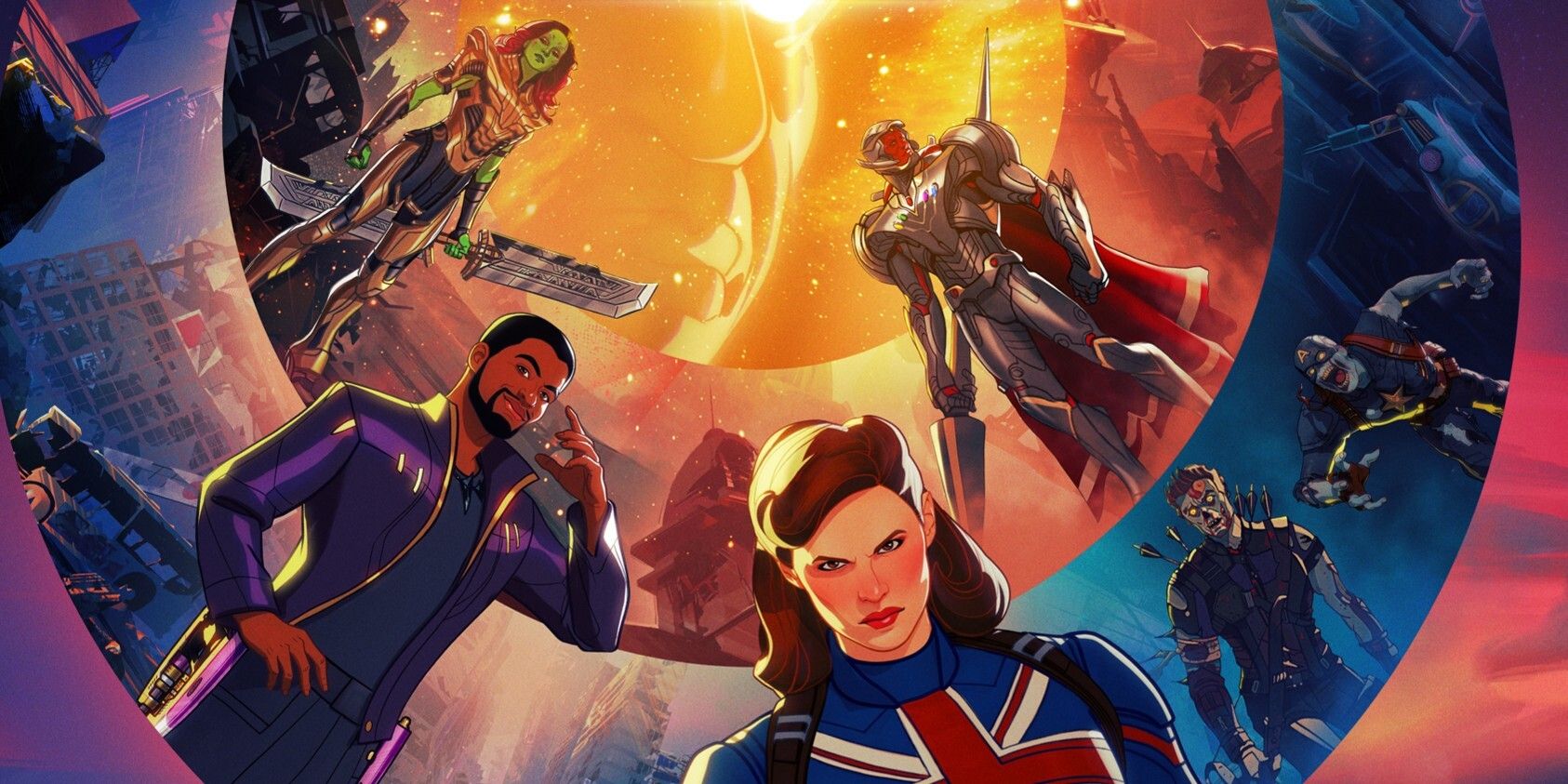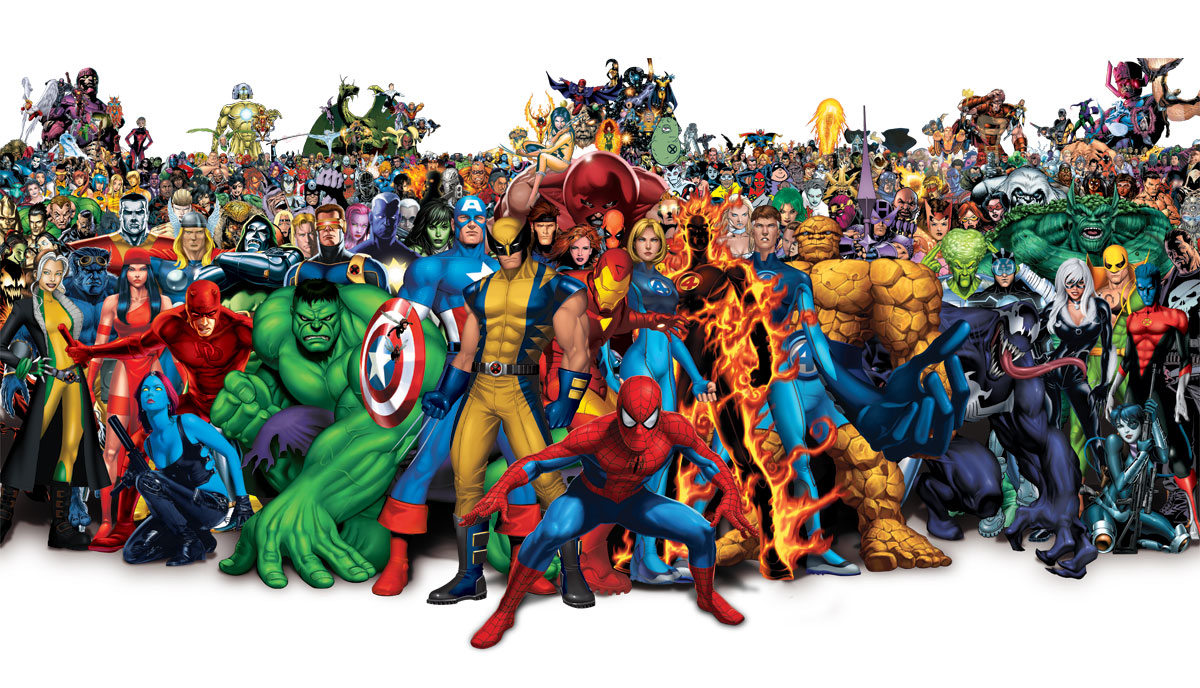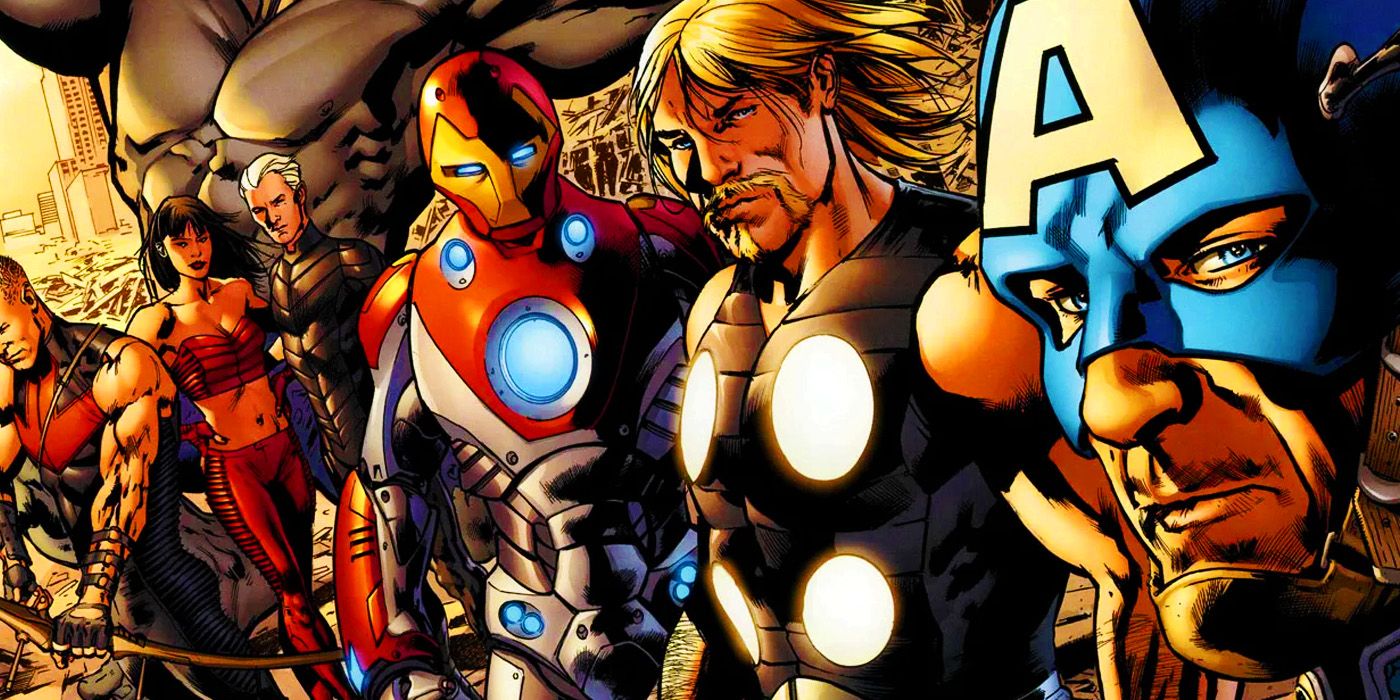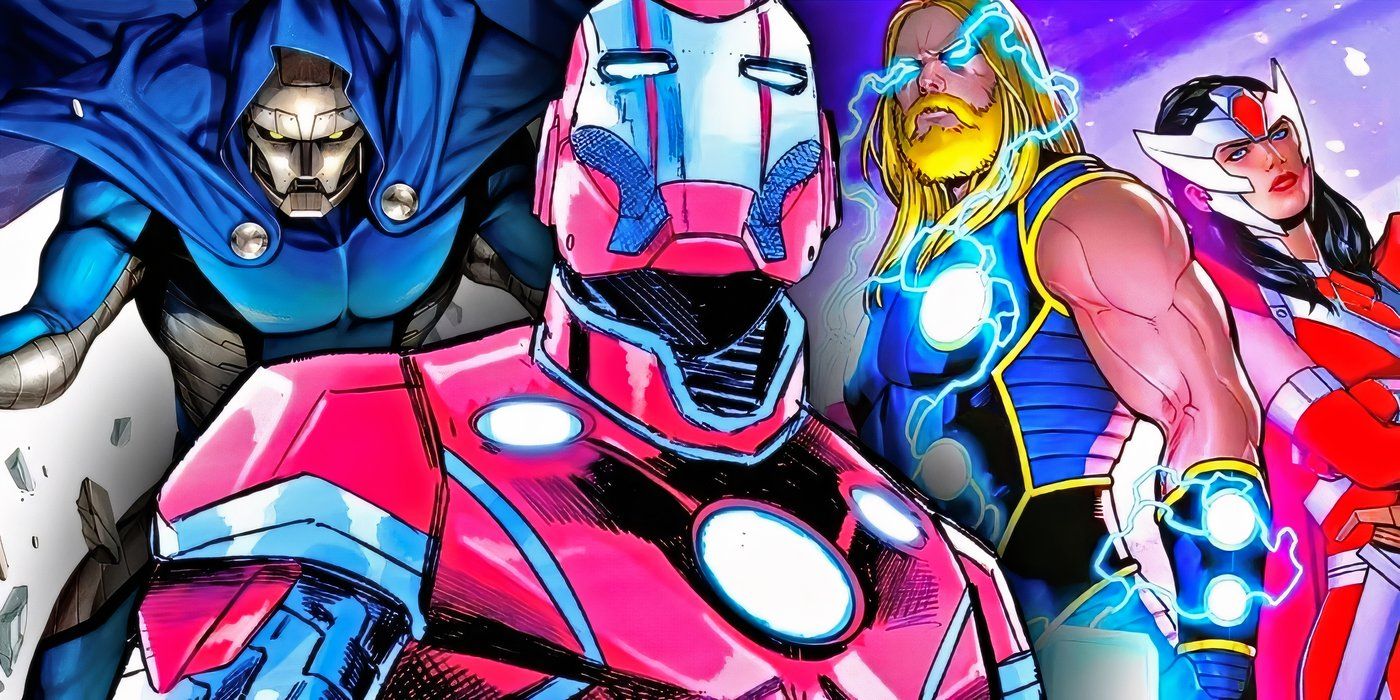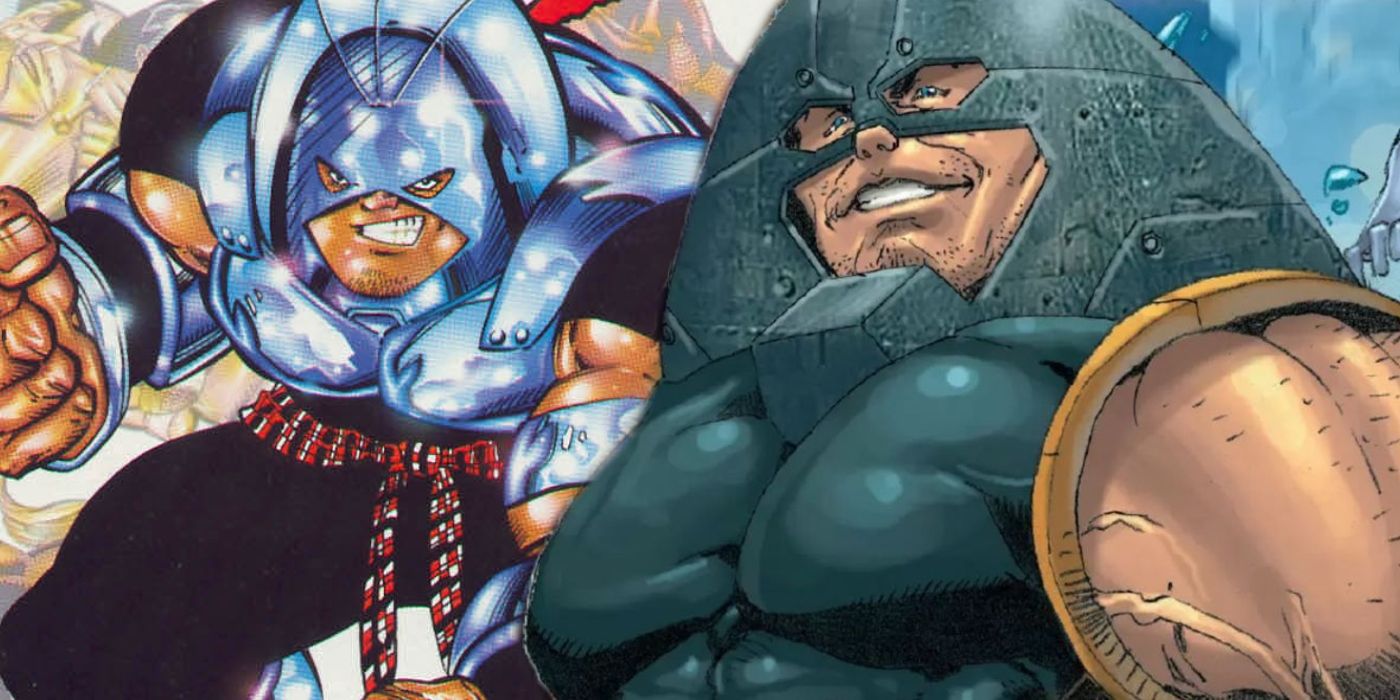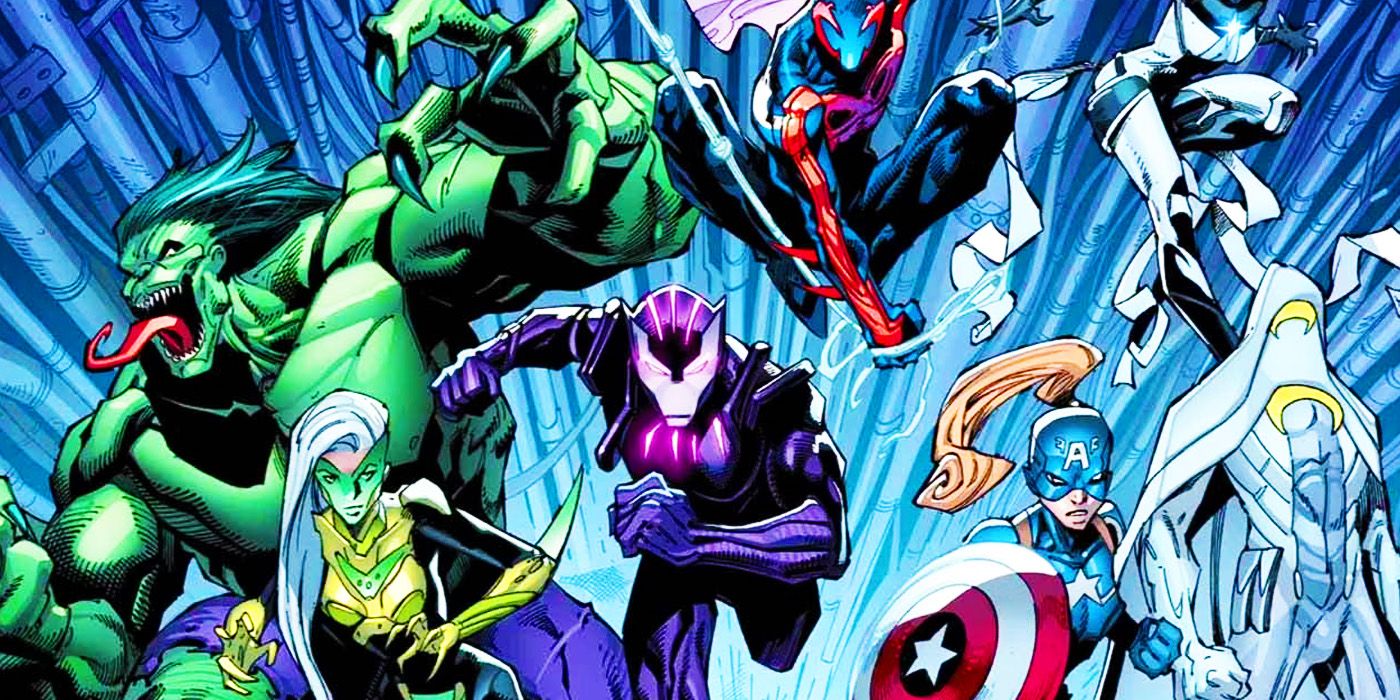[[{“value”:”
The beloved Marvel Comics franchise is known for its vast and ever-growing Multiverse, a concept that has been around in comics for decades and has been a core part of the Marvel Cinematic Universe – highlighted in the Multiverse-focused animated series What If…? – for years. Since the 1980s, when Dave Thorpe and Alan Moore first designated the mainline Marvel Universe as “Earth-616” in Daredevils #7, the number designation of different realities throughout the Multiverse has become a staple of Marvel Comics.
There are technically an infinite and timeless number of potential worlds in the Marvel Multiverse. Still, five universes have had the most impact on Marvel stories, events, and lore: Earth-616 (Mainline Marvel Universe), Earth-1610 (Original Ultimate Universe), Earth-6160 (New Ultimate Universe), Earth-982 (Marvel Comics 2), and Earth-928 (Marvel 2099). Keep on reading for the low-down on these integral parts of the Marvel Multiverse, plus some fan-favorite honorable mentions!
Related
A Brief History of Marvel Comics’ Multiverse
The Multiverse has taken center stage in the Marvel Cinematic Universe, building on decades of comic book lore surrounding alternate continuities.
Earth-616: Marvel’s Mainline Universe
Where all of Marvel’s most iconic heroes come from
Any casual reader of Marvel Comics will almost certainly have read at least a few stories in the main reality of Earth-616. This is where most modern Marvel Comics take place, and is considered the formal Marvel continuity in terms of “canon,” history, and lore. Every other reality in the expansive Multiverse is in some way based off of the history of Earth-616, either turning that history on its head or exploring a future where that history made a diversion. Earth-616 is home to beloved current comics like Immortal Thor, Storm, and The Avengers, and is where the majority of Marvel comics take place.
Related
The Death of Thor is Coming, as Marvel Confirms His ‘Last Stand’ This Summer
Marvel’s “Immortal Thor,” by author Al Ewing, has been full of wild, storytelling swings; now it will take its boldest step yet, by killing Thor.
One important thing to note is that the Earth-616 of 2025 is not the same as the Earth-616 of 2015. A decade ago, the popular Secret Wars event saw the 7th iteration of the Marvel Universe end due to the Beyonder’s forcing incursions on the Multiverse and destroying the cosmos. After the heroes of the Multiverse defeated Doctor Doom, who had scraped together the dying worlds into “Battleworld,” Reed Richards and his reality-altering son Franklin remade the Multiverse, creating the 8th Cosmos. While almost everything is identical in this new version of the Multiverse, the hierarchy of cosmic power did shift, something that continues to be explored in comics like G.O.D.S., Immortal Thor, and Storm.
Earth-1610: The First Ultimate Universe
The beloved MCU was inspired by this gritty Marvel relaunch
Marvel’s original Ultimate Marvel imprint debuted in 2000 amid declining comics sales, pitched as Marvel Comics but in the “real world,” with more grounded stories that modernized heroes. The Ultimate Marvel universe formally ended at the conclusion of 2015’s Secret Wars, but 2017’s Spider-Men II confirmed that the universe did still exist in the Multiverse, remade alongside Earth-616 by Reed and Franklin Richards. The major comics in the Ultimate Marvel imprint were Ultimate Spider-Man, Ultimate X-Men, The Ultimates, and Ultimate Fantastic Four. For years, the Ultimate universe was critically praised, and many aspects of the MCU were actually taken from the grittier Ultimate Universe as opposed to Earth-616.
Related
10 Shocking Moments From the Original Ultimate Marvel Universe
Marvel Comics Ultimate Universe pushed the boundaries of what fans could handle, from horrific gore to character changes. Here’s the 10 most shocking!
The original Ultimate Universe also contains one of the critically panned comics in history, the event Ultimatum, which saw 34 different characters brutally die in an assault on the planet by Magneto. The deaths were so graphic and unnecessary, like the controversial scene of the Blob killing and eating the Wasp, that it spelled the end of the Ultimate Universe as fans knew it. However, some amazing things did come out of the first Ultimate Marvel reality. Ultimate Spider-Man and Ultimate X-Men were both critical and commercial successes. When the universe ended and the Multiverse was remade, several citizens of Earth-1610 traveled to Earth-616, like the beloved Miles Morales and the horrifyingly deranged Maker.
Earth-6160: The New Ultimate Universe
The Maker tries to create his perfect, twisted world
Marvel’s new Ultimate Universe debuted in early 2024, and has received widespread critical acclaim and fan reception. This new Ultimate Universe was found by the Maker – an evil version of Reed Richards from Earth-1610 – and corrupted, with the villain erasing many heroes, until he was trapped in his advanced city by Howard Stark. Earth-6160 is another relaunch of the mainline Earth-616 reality, with many heroes and villains that readers know and love shown in a new light. In particular, Jonathan Hickman’s Ultimate Spider-Man and Deniz Camp’s The Ultimates have had much positive reception, with Spider-Man finally allowed once again to be married to Mary Jane, a move celebrated by long time fans of Peter Parker.
Related
Marvel’s Ultimate Universe Promises to Avoid a Surprising Hero, And I’m Seriously Not Okay
The Ultimate Universe is continuing to introduce ‘ultimate’ versions of iconic Marvel Comics characters, but it just promised to avoid one character.
Other Ultimate Universe books include Ultimate X-Men from Peach Momoko, Ultimate Black Panther from Bryan Edward Hill, and the new Ultimate Wolverine from Chris Condon. The overarching plot of the Ultimate Universe sees Tony Stark activating many iconic heroes who were prevented from following their destinies by the Maker, while they fight back against the monstrous Maker’s Council, a cabal of villains who run the world as they see fit. As Earth-6160 continues to grow even more characters, and series, will be introduced, providing a new perspective on classic heroes and villains, told through a unique lens with an emphasis on political and cultural upheaval. If you have not had a chance to explore the Ultimate Universe yet, make sure you do, because it is likely that this new reality is going to become a staple of Marvel Comics for years to come.
Earth-982: Marvel Comics 2
An alternate future timeline focusing on the children of iconic heroes
The MC2 Universe debuted in 1998’s What If? #105, introducing Peter Parker’s daughter May as the new Spider-Girl. The positive reaction to this alternate-reality tale inspired Marvel to create the MC2 imprint, determined to make a new Marvel reality that was more accessible to casual readers, not bogged down by years worth of continuity. Depicted as a potential future of the Earth-616 universe, MC2 mainly focused on the children of iconic heroes and villains, like Spider-Girl, the new Juggernaut, and Wild Child, the daughter of Wolverine and Elektra.
Related
Spider-Girl Continues Marvel’s Hot Streak, Landing A Solo Comic All Her Own
The newest Spider-Girl wasn’t raised as a superhero, but that’s exactly what she’s going to try to become in her first ever solo series.
Besides Spider-Girl and J2, other comics in the MC2 imprint included A-Next, the next generation of young Avengers heroes, Fantastic Five, a new Fantastic Four team, and DarkDevil, which featured the son of Spider-Man clone Ben Reilly taking on the Daredevil title. While the MC2 universe formally ended its imprint in 2010’s Spider-Girl: The End, the universe was seen in the Spider-Geddon tie-in as part of the Secret Wars: Battleworld event, meaning that Franklin Richards may have rebirthed the MC2 universe when resetting the Multiverse.
Earth-928: Marvel 2099
The future of the main Marvel Universe
Marvel 2099, or Earth-928, is one of Marvel’s longest lasting alternate realities, still producing canon content on a regular basis. Debuting in 1992, originally the Marvel 2099 reality was meant to be one possible future for the Marvel Universe, but it was later retconned into being the actual future of Earth-616. Most characters in the Marvel 2099 universe are either descendants or legacy characters of iconic heroes and villains, or older versions of established long-living Earth-616 heroes. The first three titles published in the Marvel 2099 imprint were Doom 2099, Punisher 2099, and Spider-Man 2099, before expanding with other series focusing on Hulk, the X-Men, and others.
Related
New Future Versions of Marvel Icons Face Cosmic Extinction In ANNIHILATION 2099
Marvel Comics announces the upcoming limited series Annihilation 2099, which will see the debut of a number of icons given the classic 2099 treatment!
Perhaps the single most famous character from the Marvel 2099 world is Miguel O’Hara, otherwise known as Spider-Man 2099. Not only has Miguel appeared in the “current” timeline of Earth-616 many times, but he is also a main character in the animated film Across the Spider-Verse, giving him widespread attention among the public. Marvel 2099 is a fascinating glimpse into what Earth-616 will eventually become, and while the official imprint formally ended in 1998, characters from Marvel 2099 have continued to appear at Marvel Comics, including in the recent Annihilation 2099 and Conquest 2099, both worthwhile reads.
Earth-2149, Earth-311, Earth-9997, Earth-58163, Earth-295
The Marvel Multiverse is larger than anyone can possibly guess
The five different Earth’s explained above may be considered Marvel’s biggest alternate-reality imprints, but that doesn’t mean that the massive Multiverse ends with those five. Many other universes deserve recognition, like Earth-2149, or the universe of Marvel Zombies. This world has made countless appearances over the years and even inspired the upcoming animated Marvel Zombies series. Another popular alternate reality is that of Marvel 1602, a creative take on the Marvel Universe where heroes manifested 400 years early, in colonial-era America.
Related
Marvel Zombies Was Great, But X-Men Zombies Is On the Horizon
Marvel Zombies: Dawn of Decay features the X-Men officially take the spotlight as the focus of the next zombie outbreak in the Marvel Universe.
One of the most popular, and enduring, alternate realities is House of M, a world manifested by the Scarlet Witch where mutants reigned supreme, led by Magneto. Similarly, the Age of Apocalypse universe was incredibly popular in the 1990s, and has remained one of Marvel’s most famous alternate-reality events in history. Last but not least, the universe of Earth X deserves recognition, a dark dystopian universe where the villains have won, reminiscent in some ways of the universe that Old Man Logan hails from.
As the massive Multiverse of Marvel Comics continues to expand year after year, it is always worth it to return to stories set in these five core worlds, which have had more impact on the Marvel Universe than any other realities.
“}]] Will the Marvel Multiverse ever stop growing? 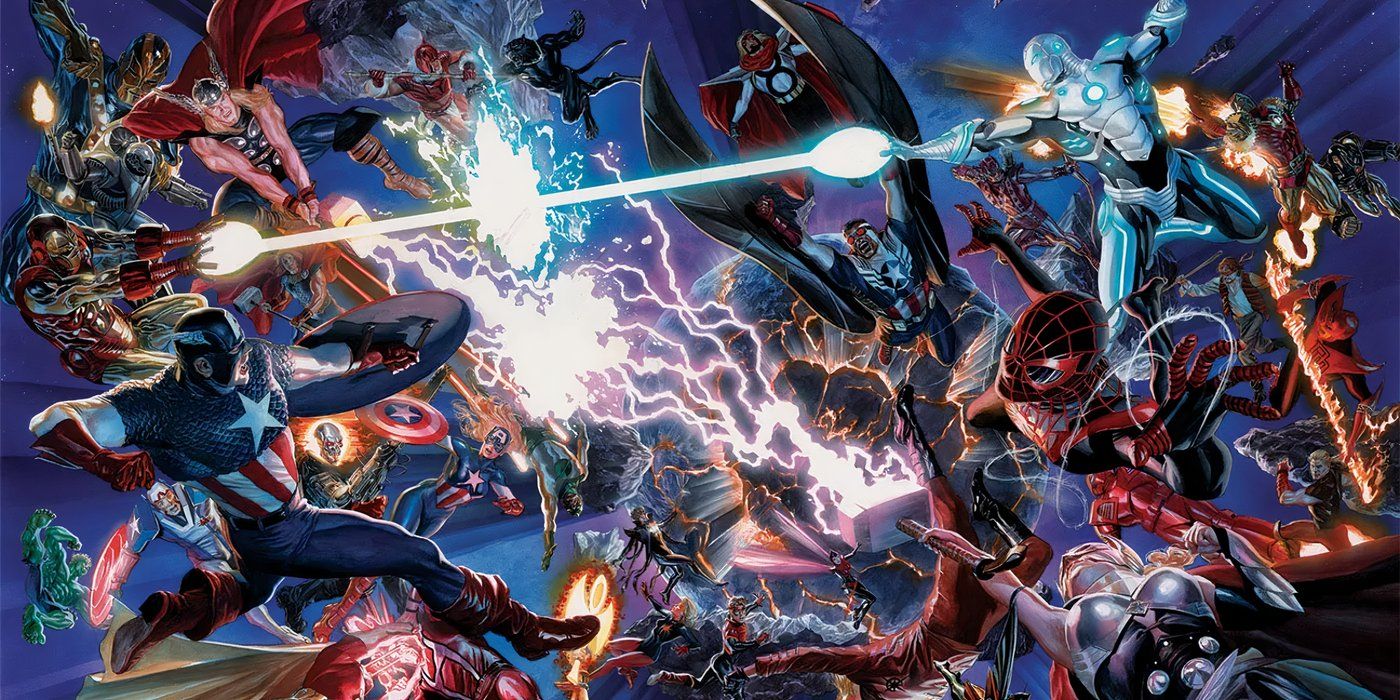 Read More
Read More

